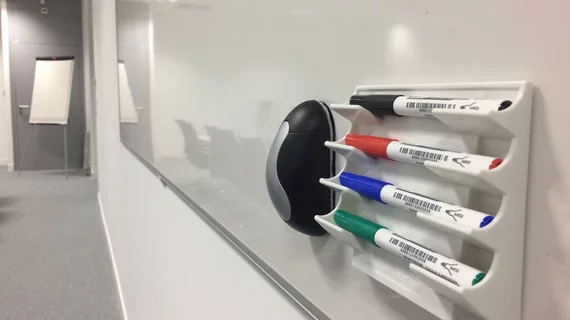10% of patients with a ‘big three’ disease are misdiagnosed
When a patient suffers a major vascular event, the more uncommon the condition, the more likely it is to be misdiagnosed. By contrast, the most commonly missed cancers seem to be those for which diagnostic screening programs are subpar.
That’s according to a new literature review showing that 1 in 10 people with symptoms in one of three top disease categories—infections being the third—are at risk of serious harm due to inaccurate or delayed diagnoses.
The study was led by Johns Hopkins neurologist David Newman-Toker, MD, PhD, funded by the Society to Improve Diagnosis in Medicine (SIDM) and published online May 14 in Diagnosis.
The team analyzed recent research on 15 diseases. Among these, the most commonly missed was spinal abscess, an infection that can cause paraplegia. Troublingly, the review showed this diagnosis was fumbled in some 62.1% of cases.
Meanwhile, the authors report, more than 1 in 4 aortic aneurysms and dissections have a critical delay in diagnosis. Similarly, more than 1 in 5 lung-cancer diagnoses are significantly delayed.
In a news item on the study posted by SIDM, the authors note that, for some fairly common life-threatening conditions—including stroke and aortic aneurysms—misdiagnoses may only be increasing in number.
This possibility is “something we should all be worried about,” says Newman-Toker, who is board president of SIDM and director of Johns Hopkins’ Armstrong Institute Center for Diagnostic Excellence. “The last thing we need is for a problem already acknowledged by the National Academy of Medicine to be a ‘blind spot’ for modern medicine and a ‘public health imperative’ to be getting worse.”
SIDM notes that the bipartisan Improving Diagnosis in Medicine Act, introduced last November, would fund from four to eight new research centers of diagnostic excellence and mandate that federal healthcare agencies move to fund more diagnosis-related research.

